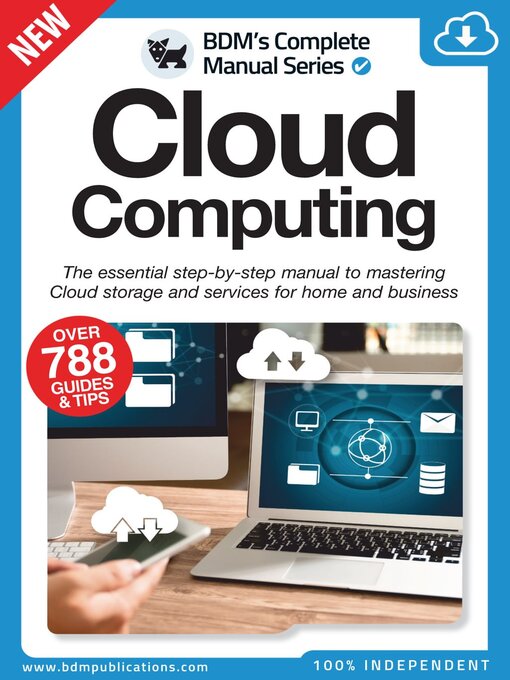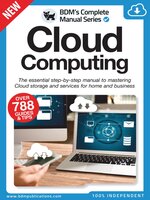Learn how to make the most of the cloud for home & business! Cloud computing has been with us for a while now, giving home, small to medium business and enterprise users a new way in which to support and utilise their infrastructure and data. While the cloud may come with many concerns, chiefly that of security of data, it’s one of the fastest growing and interesting aspects of modern computing. With The Cloud Computing Guidebook we will show you how to implement and better utilise the cloud: personally or for your business. We also look at how to secure and even build your own cloud service. 100% unofficial.
Cloud Computing
What is Cloud Computing?
The Definition of the Cloud • What is the cloud? Where is it? What can you do with it? How does it work? These are questions that both home and business users ask regularly. The term ‘cloud computing’ has been bandied about for so long, it’s become just another technology phrase. But what does it really mean?
History of the Cloud • Despite the cloud being a fairly new technological term, you may be surprised to discover that the concept behind it can be traced back almost to the very beginnings of the modern computer age.
THE CLOUD IN NUMBERS • The cloud and all the services relating to cloud technologies have some pretty big numbers associated with them. Here are some interesting factoids about the cloud.
Types of Cloud Services • The cloud offers different services based on what the user or company demands. Its most basic use is simple storage, as seen in Google Drive, Dropbox etc. Its design, however, also means that the technology can become remarkably complex the more you delve into it.
Cloud Problems • While the cloud may sound like the ideal solution to any company, or individuals’, technology needs, it isn’t without its concerns. Due to the nature of the cloud, an issue with just a single element could effectively reduce your business to a virtual standstill.
Why Cloud? • Why should you use a cloud computing solution when having your own in-house IT setup is more traditional? What is it that makes using a cloud provider more logical in today’s interconnected world?
Anatomy of the Cloud • Talking about connected technologies, all accessing a central cloud infrastructure across several geo-redundant datacentres can be a little difficult to visualise. How is it all connected, where do you and your computer or device fit into the big picture?
Basic Consumer Cloud Services • The cloud focuses a lot on businesses, and what a company can get from it to make itself more successful, with often minimal regard to what the home user can get. Thankfully, the consumer isn’t left out in the cold where the cloud is concerned.
Top Cloud Storage Providers
Google Drive • Google Drive was launched on April 24th 2012, which makes it one of the longest-running cloud storage solutions. It’s crossplatform, easily implemented into Google’s other apps, and offers the user a choice of storage capacities; from the free 15GB through to 30+ terabytes, via optional payment plans.
MediaFire • Launched in 2006 as an Online Backup Service, and based in Texas, MediaFire has proved itself to be one of the founding cloud storage providers. Now with over 150 million users storing files on the MediaFire servers, the company is continually adapting and improving its services.
Sync.com • Sync.com is a Canadian company that was founded in 2011 by Thomas Savundra, Suhan Shan and Darius Anita, and advertises itself as a privacy-friendly, easy to use cloud storage solution. The base solution offers 5GB of storage alongside sharing and collaboration, real-time backup and sync, and the ability to access the service from anywhere.
MEGA • MEGA Storage was founded in 2013, by none other than the infamous Kim Dotcom...

 Issue 4
Issue 4
 Issue 3
Issue 3
 Issue 2
Issue 2
 Cloud Computing The Complete Manual
Cloud Computing The Complete Manual
